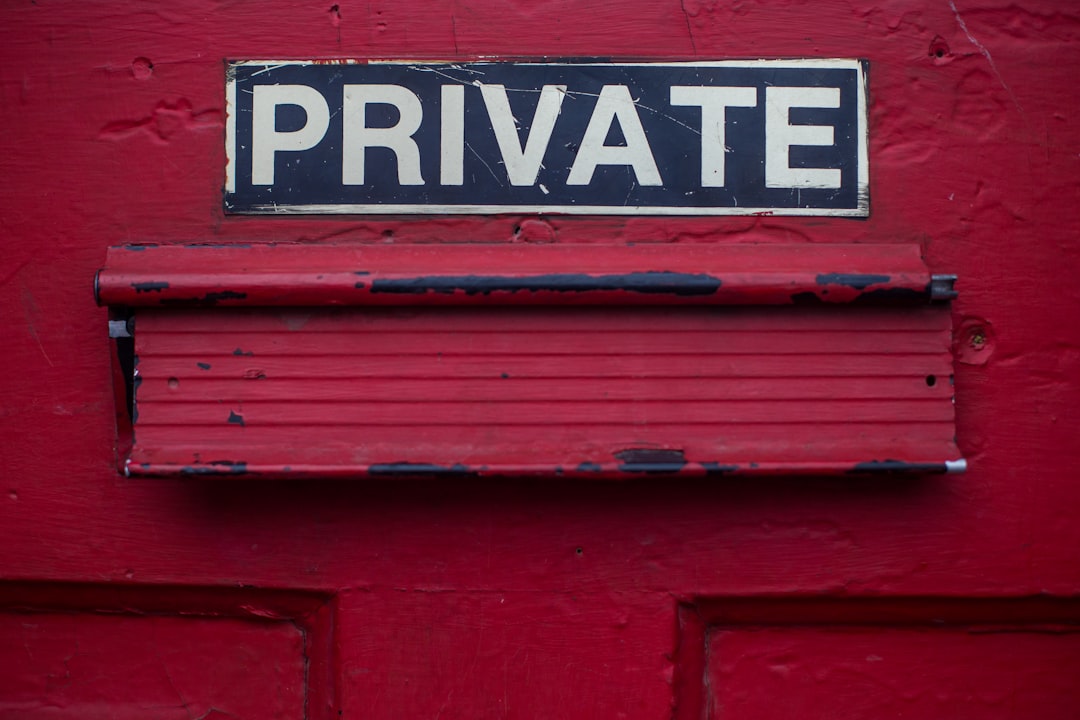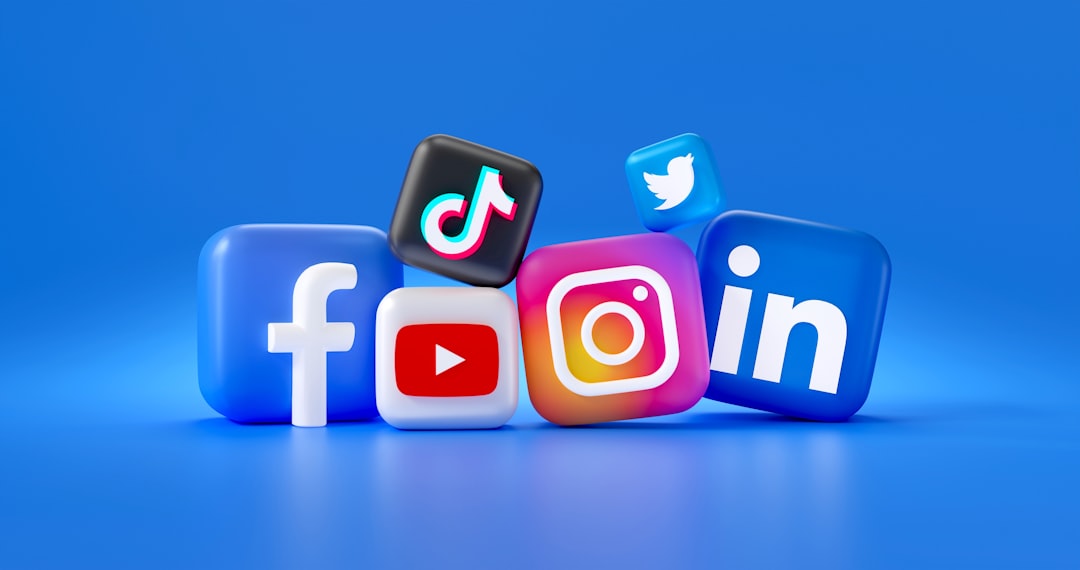How do I change my status from public to private?
In today’s digital landscape, preserving your privacy is more crucial than ever. Whether you’re managing social media accounts, online portfolios, or any digital presence, being aware of your public versus private status can significantly impact how and by whom your information is accessed. Changing your status from public to private is not only a step toward improved online security, but also an important move to regain control over your digital footprint.
Perhaps you’ve recently had a shift in personal priorities, or maybe you simply realized the extent of information visible to others. Regardless of your motivation, making your profile private ensures that only trusted individuals can view your content. This article will guide you through the essential steps and considerations involved in updating your privacy settings across different platforms.
Why Privacy Matters
Your online presence is valuable to more than just friends and family. Businesses, marketers, and malicious actors often collect data for targeted advertising, profiling, or worse. Keeping your profile public leaves your content, habits, and even location exposed. By switching to a private status, you drastically limit unauthorized access and reduce your vulnerability.
Privacy is no longer just a personal choice—it’s a form of digital self-defense.

General Steps to Make Your Profile Private
Changing your status to private varies depending on the platform, but the basic principles remain the same. Below are the generalized steps to help you navigate any privacy configuration:
- 1. Log In to Your Account: Ensure you’re signed in using your official credentials.
- 2. Locate the Settings Menu: Look for an icon or tab labeled “Settings,” “Account,” or “Privacy.”
- 3. Access Privacy Options: Within the settings, locate the section that deals explicitly with privacy or visibility.
- 4. Change Visibility: You’ll typically see options such as “Public,” “Friends Only,” “Private,” or “Custom.” Select “Private” or the most restrictive option available.
- 5. Confirm Changes: Always check whether you need to save or confirm the changes. Some platforms ask for password confirmation for added security.
Platform-Specific Guidance
Here’s how to change your status on a few commonly used platforms:
1. Instagram
- Navigate to your profile and tap the three horizontal lines in the upper-right corner.
- Go to Settings > Privacy.
- Under Account Privacy, toggle the switch next to Private Account.
2. Facebook
- Go to Settings & Privacy > Settings.
- Click Privacy in the left sidebar.
- Adjust settings under “Who can see your future posts?” and other relevant areas to “Only Me” or “Friends”.
3. Twitter
- Click on the More menu icon, then go to Settings and Privacy.
- Select Privacy and Safety, then Audience and Tagging.
- Enable Protect your Tweets.

Things to Keep in Mind
Changing your profile to private doesn’t completely remove your data from public access. Be conscious of the following:
- Previous Posts: Content shared before switching to private may still be visible or saved elsewhere.
- Third-Party Access: Some apps and sites might still have access to your data. Review any connected applications and remove those you don’t trust.
- Screenshots: Even if content is private, it can still be captured by others via screenshots or screen recording.
Being private also alters how you interact with others. Potential connections may find it harder to contact or view your content, which is a trade-off for enhanced security. Carefully evaluate your personal and professional objectives when deciding which privacy level suits you best.
Final Thoughts
Shifting from public to private is a proactive step in managing your digital identity. Though the process differs slightly between platforms, the underlying goal remains the same—giving you control over who sees your information. As privacy concerns continue to rise, taking the time to adjust your settings is not just wise; it’s essential.
Always review and update your privacy settings regularly to stay protected in an ever-changing online environment.

Comments are closed.